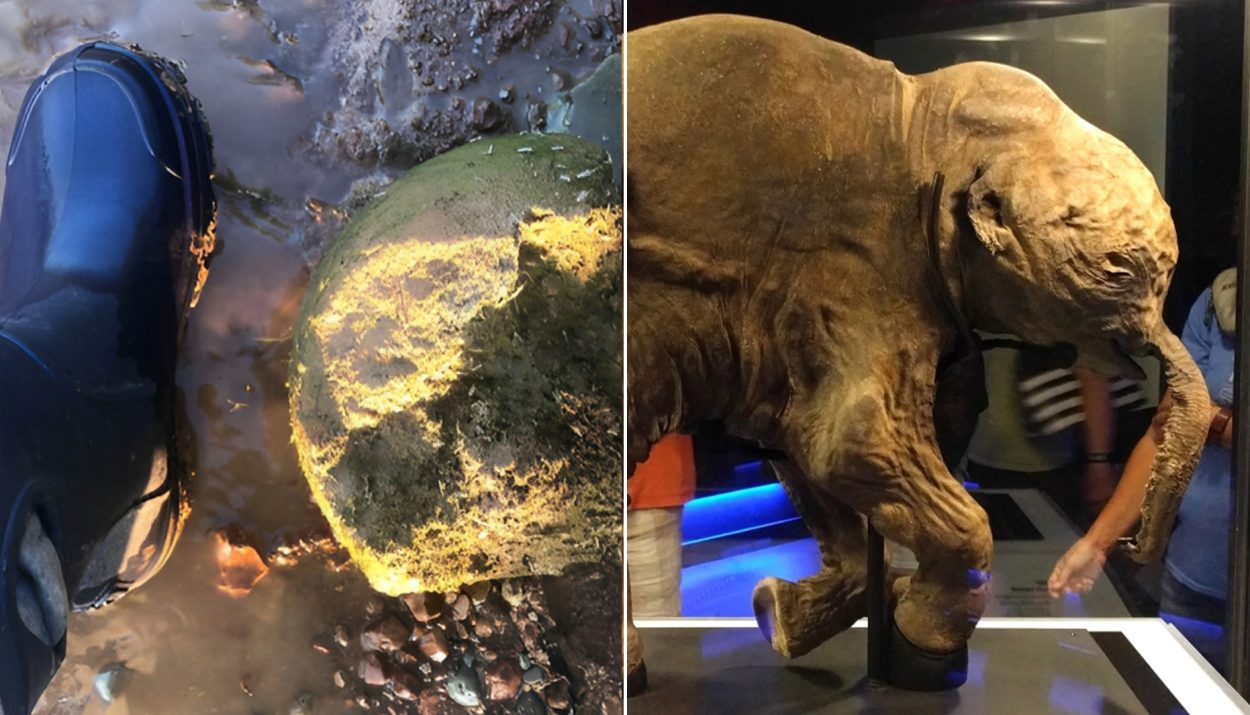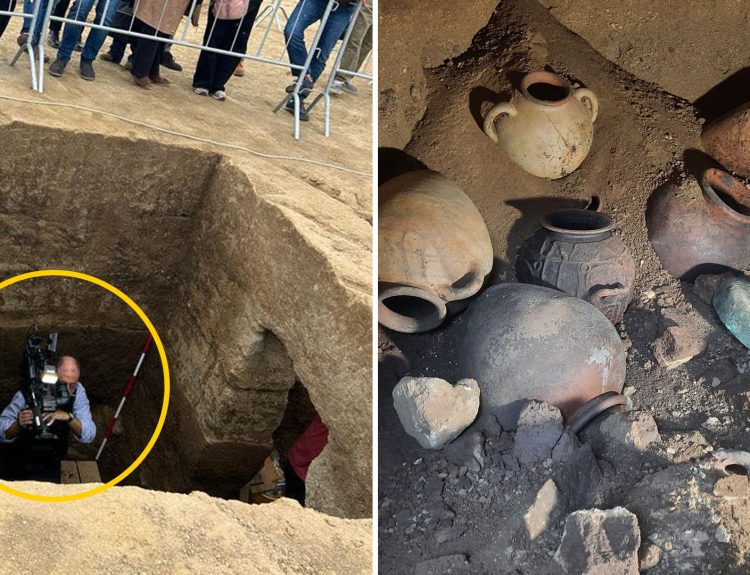Animals that have gone extinct are fascinating to many people. The idea that there were once species of life on this planet that we’ve never experienced, and that we will never be able to see, is one that many people have built careers around. There are times, though, that the past is brought into the immediate present in a shocking way, and that is what recently happened to a little girl.
A Fishing Trip Turned Fascinating
Maryam Marsaitova, an 8-year-old was fishing with her father along the shores of the Oka River when she noticed some strange objects that had been uncovered by a recent landslide. She and her father investigated further, curious about what had been unearthed.

Maryam’s father sent photos of their discovery off to a nearby Museum-reserve. He hoped that the researchers there would be able to give them more information about what they had discovered. The response was truly astonishing.
They Had No Idea What They Had Discovered
What Maryam and her father had discovered turned out to be the knee joint and lower tibia of a wooly mammoth. The bone was relatively well preserved when researchers recovered it. They even discovered spongy tissue inside the bone that had been degraded by the sediment of the landslide.

The discovery was astonishing. The size of the bones uncovered suggest that the animal they belonged to was an adult, and dating of the bone puts its age at about 100,000 years. Maryam and her father were thrilled to have made the discovery, and the researchers were even more thrilled that the pair reported it.
Mammoths Were Once The King of the Crop
Wooly mammoths are animals that were indigenous to cold regions of northern Europe and Asia, starting about 700,000 years ago. They also populated North America starting around 100,000 years ago, and research suggests that various populations of wooly mammoths survived until around 4,000 years ago when they finally died out.
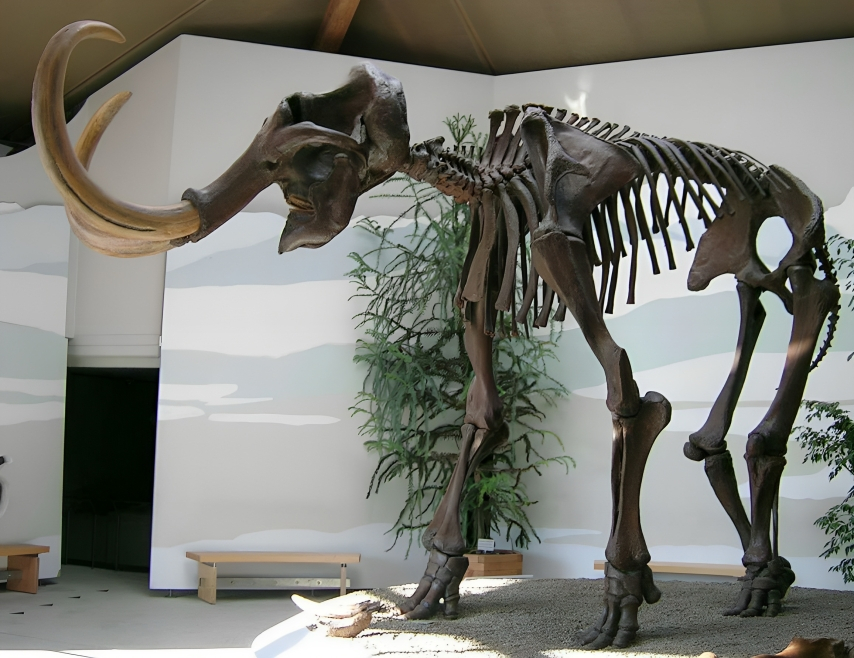
Wooly mammoths are part of a category of animals called megafauna – essentially, really big animals. While there are still some species of megafauna alive today – think African elephants and baleen whales – wooly mammoths were part of a unique extinction event that occurred over thousands of years that targeted megafaunal animals specifically.
Humans and Mammoths Coexisted…Kind Of
Wooly mammoths lived alongside early humans during their time on earth, which is a factor that may have ultimately led to their extinction. Mammoths were very important to early humans, who used their ivory and bones as construction materials and fashioned tools.

There is also evidence that there are some communities of humans who solely relied on local populations of wooly mammoths for survival. The meat and fat of the wooly mammoth would have sustained a local community for some time, making the hunting of mammoths important for more than just their ivory.
Their Unique Features Were Their Ultimate Downfall
Wooly mammoths were uniquely built to survive the harsh environments of the most recent ice age. Their fat stores, the way that they grew, and the coarse hair that grew all over their body were all intended to make survival during these frigid temperatures possible. Other animals that existed at this time had similar features.
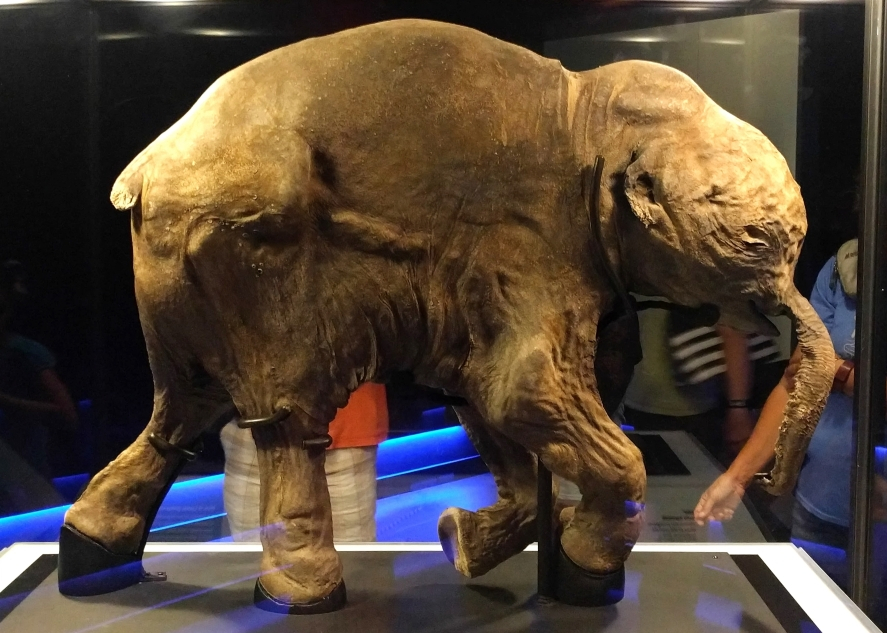
Of course, their unique biology meant that when the ice age ended some 10,000 years ago, the wooly mammoth was left without both their environment and food source. Human hunting may have accelerated their extinction, too. Pockets of mammoth populations survived on certain isolated islands up until about 4,000 years ago, but they went fully extinct after that.
The Mammoth Wasn’t the Only Thing Found
The bone of the mammoth wasn’t the only thing that Maryam and her father found, either. Upon investigation of the bones by researchers, they also discovered the bone of another extinct animal that had once been indigenous to parts of North America and northeastern Europe and Asia: the steppe bison.
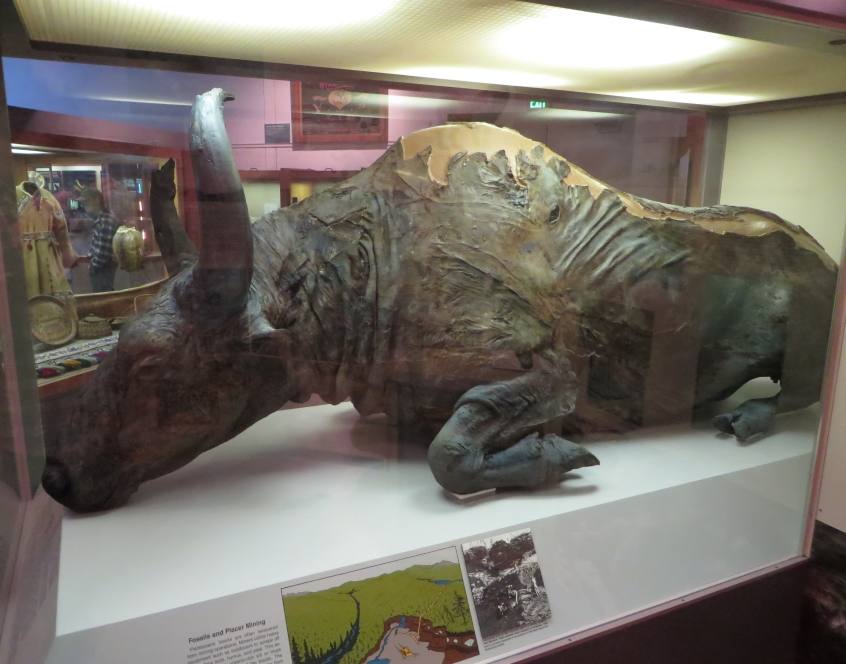
The steppe bison was an animal that was spread across Europe during the Pleistocene Epoch, and subsequently crossed the Bering land bridge to cross over into North America. They are early ancestors of modern bisons, and most closely resemble the modern American wood bison.
The Bison Was Another Casualty of Time
Scientists believe that the steppe bison went extinct some 10,000 years ago, the same time as the majority of mammoth species. However, there is some evidence that the animal may have survived until as recently as 8,000 years ago.
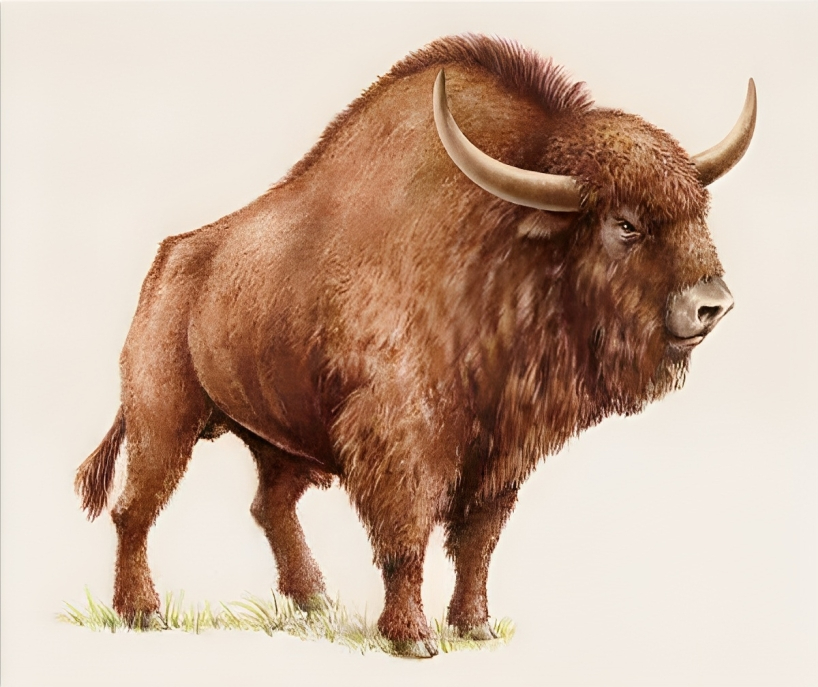
In 2016, a frozen tail was discovered that was ultimately determined to be that of a steppe bison. Further examination suggested that the tail was no younger than 8,000 years old, lending credence to the theory of the steppe bison’s age. Some scientists have even suggested attempting to extract DNA to attempt cloning a steppe bison.
A Truly Stunning Discovery, With the Potential For Many More
Discoveries like these bones are truly precious to modern science, and even more so since they were turned into researchers. Many fossil and bone discoveries end up in private hands, meaning that they never get to be studied by contemporary scientists. While Maryam and her father did the right thing by reporting their finding, there are many who aren’t so selfless.
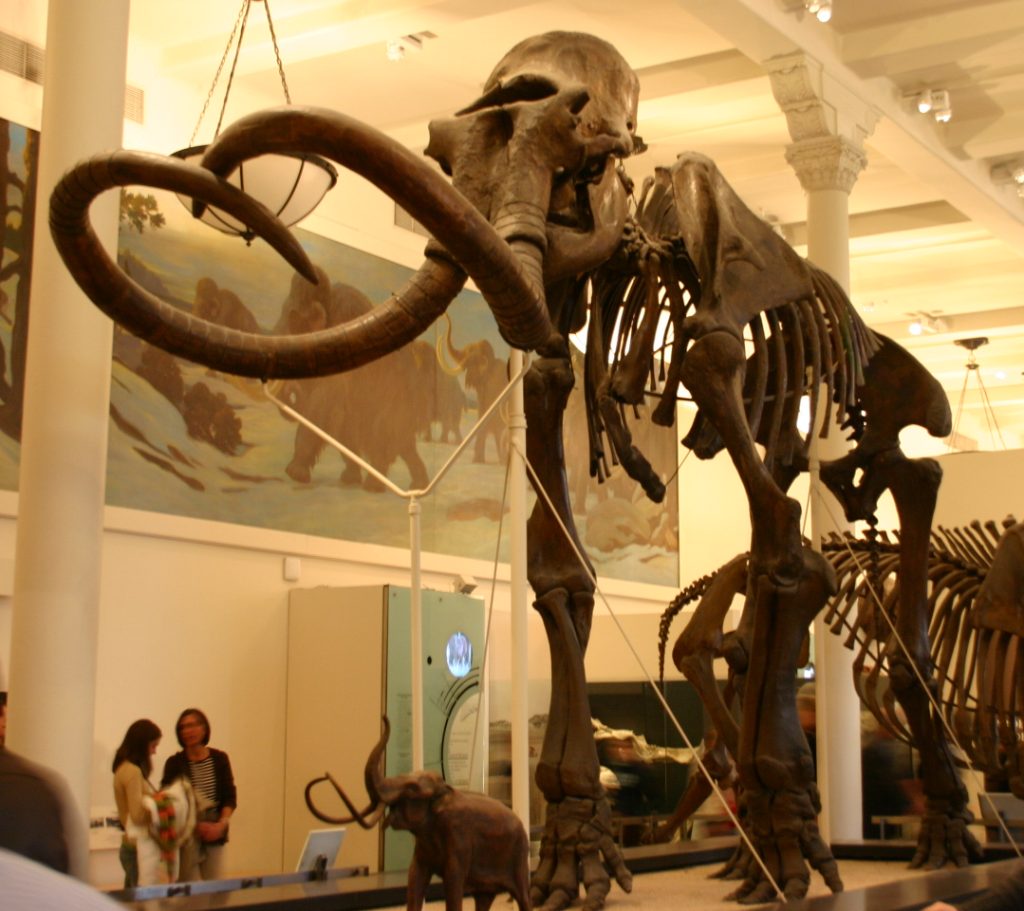
There’s so much to be learned from discoveries like Maryam’s bison and mammoth bone, and scientists hope that more discoveries will be brought forward in the future. Mammoth bones are not at all uncommon in Siberia. This means that there could be hope in the future for scientists to learn even more about these enormous animals that once roamed our planet.

